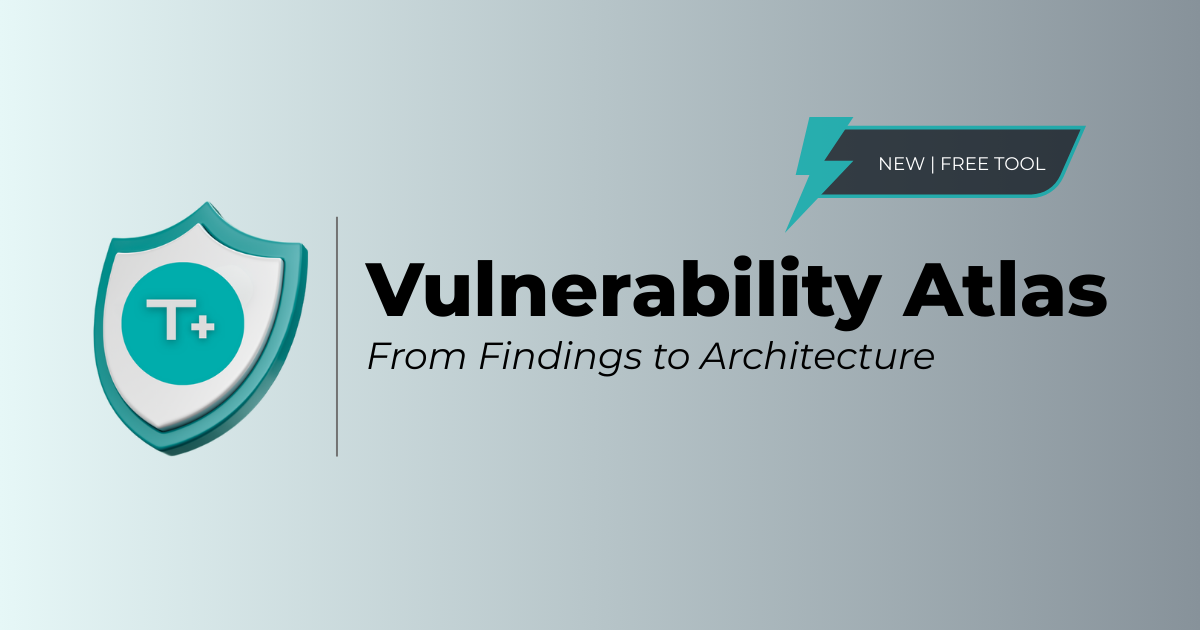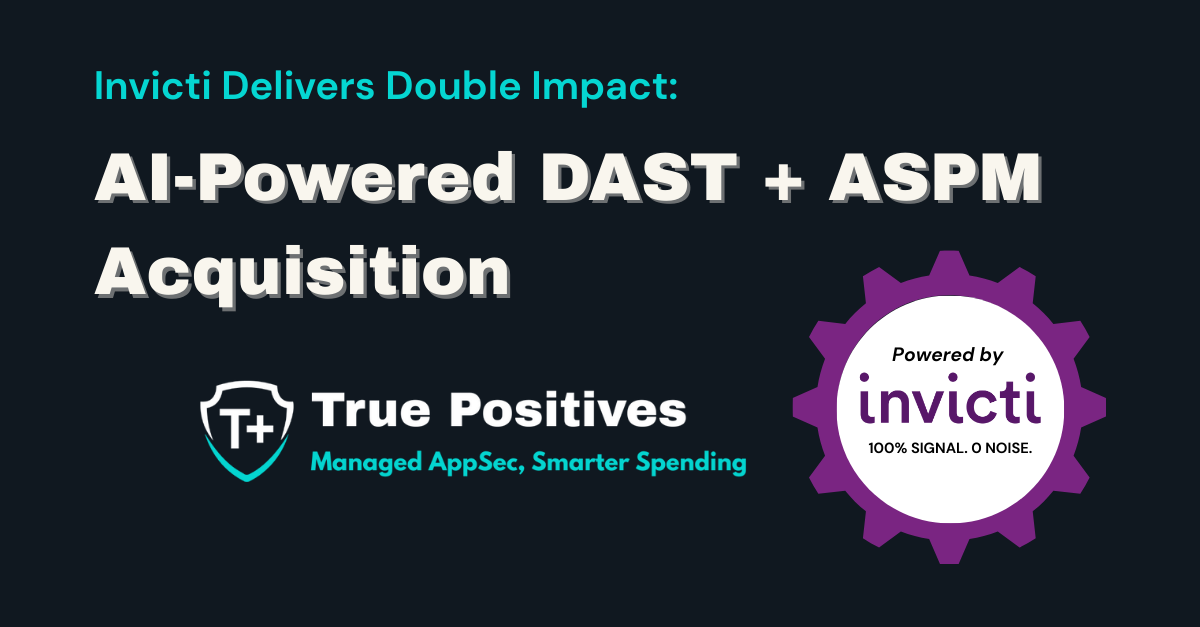Vulnerability Management Best Practices - A Comprehensive Guide
In today's rapidly evolving digital landscape, vulnerability management has become a critical component of any robust cybersecurity strategy. This article aims to provide comprehensive guidance on the best practices for effective vulnerability management, helping organizations protect their systems, data, and reputation.
Understanding Vulnerability Management
What is Vulnerability Management?
Vulnerability management is the systematic process of identifying, assessing, and mitigating security weaknesses in an organization's IT environment. This proactive approach helps prevent cyberattacks by addressing vulnerabilities before they can be exploited by malicious actors.
Importance of Vulnerability Management in AppSec
The importance of effective vulnerability management might be obvious, but it really can’t be overstated – here’s why:
- Protecting Data: Safeguarding sensitive information from unauthorized access and breaches.
- Compliance: Meeting regulatory requirements and industry standards.
- Minimizing Risk: Reducing the potential impact of security incidents.
- Maintaining Trust: Preserving the trust of customers, partners, and stakeholders.
Best Practices for Vulnerability Management
Establish a Vulnerability Management Policy
A well-defined vulnerability management policy sets the foundation for a successful program. This policy should outline the scope, objectives, roles, responsibilities, and processes for identifying, assessing, and mitigating vulnerabilities.
Key Components of a Vulnerability Management Policy
- Scope and Objectives: Clearly define the assets and systems covered by the policy and the goals of the vulnerability management program.
- Roles and Responsibilities: Assign specific roles and responsibilities to team members involved in vulnerability management.
- Process and Procedures: Detail the steps for vulnerability identification, assessment, remediation, and reporting.
Maintain an Asset Inventory
An accurate and up-to-date inventory of all IT assets is crucial for effective vulnerability management. This inventory should include hardware, software, and network components.
Steps to Maintain an Asset Inventory
- Identification: Catalog all assets, including servers, workstations, network devices, and applications.
- Classification: Classify assets based on their criticality and sensitivity.
- Documentation: Maintain detailed records of asset configurations, versions, and patch levels.
Conduct Regular Vulnerability Scanning
Regular vulnerability scanning helps identify security weaknesses in your IT environment. Automated tools can scan networks, systems, and applications for known vulnerabilities.
Types of Vulnerability Scanning
- Network Scanning: Identifies vulnerabilities in network devices and configurations.
- Application Scanning: Detects security flaws in web and mobile applications.
- Host-Based Scanning: Assesses the security posture of individual hosts, such as servers and workstations.
Prioritize Vulnerabilities
Not all vulnerabilities pose the same level of risk. Prioritizing vulnerabilities based on their potential impact and exploitability helps allocate resources effectively.
Factors to Consider in Vulnerability Prioritization
- Severity: Use standardized scoring systems, such as the Common Vulnerability Scoring System (CVSS), to evaluate the severity of vulnerabilities.
- Exploitability: Assess the likelihood of a vulnerability being exploited by attackers.
- Impact: Consider the potential consequences of a successful exploit, such as data loss or service disruption.
Implement Patch Management
Timely patching of vulnerabilities is crucial to prevent exploitation. A robust patch management process ensures that security updates are applied promptly and consistently.
Patch Management Best Practices
- Regular Updates: Schedule regular updates to apply patches and security fixes.
- Testing: Test patches in a controlled environment before deploying them to production systems.
- Automation: Use automated tools to streamline the patch management process and reduce the risk of human error.
Conduct Penetration Testing
Penetration testing, also known as ethical hacking, involves simulating cyberattacks to identify vulnerabilities that may not be detected by automated scans.
Benefits of Penetration Testing
- Real-World Insight: Provides a realistic assessment of your security posture.
- Comprehensive Analysis: Identifies complex vulnerabilities and attack vectors.
- Remediation Guidance: Offers actionable recommendations for improving security.
Monitor and Respond to Threats
Continuous monitoring and threat intelligence help detect and respond to emerging vulnerabilities and attacks.
Threat Monitoring Best Practices
- Security Information and Event Management (SIEM): Use SIEM solutions to collect and analyze security event data.
- Threat Intelligence Feeds: Subscribe to threat intelligence feeds to stay informed about new vulnerabilities and exploits.
- Incident Response Plan: Develop and maintain an incident response plan to quickly address security incidents.
Educate and Train Staff
Human error is a significant factor in many security breaches. Regular training and awareness programs help ensure that employees understand their role in vulnerability management.
Training Topics
- Phishing Awareness: Educate staff on recognizing and avoiding phishing attacks.
- Secure Coding Practices: Train developers on secure coding techniques to prevent application vulnerabilities.
- Security Policies: Ensure employees are familiar with security policies and procedures.
Perform Regular Audits and Assessments
Regular audits and assessments help evaluate the effectiveness of your vulnerability management program and identify areas for improvement.
Audit and Assessment Techniques
- Internal Audits: Conduct internal reviews of your vulnerability management processes and controls.
- External Audits: Engage third-party auditors to provide an independent assessment of your security posture.
- Gap Analysis: Perform gap analyses to identify discrepancies between your current state and best practices.
Foster a Culture of Security
Building a security-conscious culture within your organization encourages proactive vulnerability management and reduces the risk of security incidents.
Strategies for Fostering a Security Culture
- Leadership Support: Ensure executive leadership prioritizes and supports cybersecurity initiatives.
- Employee Engagement: Involve employees in security initiatives and recognize their contributions.
- Continuous Improvement: Encourage a mindset of continuous improvement and adaptation to new threats and vulnerabilities.
Best Vulnerability Management Tools
Nessus
Nessus, developed by Tenable, is one of the most popular and widely used vulnerability scanners. It provides comprehensive vulnerability assessments, identifying potential threats such as misconfigurations, vulnerabilities, and compliance violations. Nessus offers detailed reports and actionable insights, making it easier for security teams to prioritize and remediate vulnerabilities.
Key Features of Nessus:
- Extensive Plugin Library: Regularly updated with the latest vulnerability checks and configuration audits.
- Customizable Reports: Generate detailed and customizable reports to match your security needs.
- Ease of Use: Intuitive interface and easy deployment options for quick setup and operation.
QualysGuard
QualysGuard is a cloud-based platform that offers a suite of security and compliance solutions. Its Vulnerability Management (VM) module is highly regarded for its accuracy and efficiency in detecting vulnerabilities across various environments, including on-premises, cloud, and hybrid. QualysGuard's continuous monitoring and automated scanning capabilities ensure that vulnerabilities are detected and addressed in real-time.
Key Features of QualysGuard:
- Cloud-Based Management: Centralized management with a scalable cloud architecture.
- Continuous Monitoring: Real-time detection and alerting of new vulnerabilities.
- Comprehensive Coverage: Scans across on-premises, cloud, and hybrid environments.
Rapid7 Nexpose
Rapid7 Nexpose is known for its ability to provide real-time vulnerability management and risk assessment. It integrates seamlessly with Rapid7's Metasploit, enabling security teams to validate vulnerabilities and assess their potential impact. Nexpose's dynamic asset tagging and customizable dashboards help organizations prioritize vulnerabilities based on risk, ensuring a more efficient remediation process.
Key Features of Rapid7 Nexpose:
- Real-Time Analytics: Continuous monitoring and real-time risk assessment.
- Metasploit Integration: Validates vulnerabilities and assesses potential impacts.
- Dynamic Asset Tagging: Automatically classifies and tags assets for better management.
OpenVAS
OpenVAS (Open Vulnerability Assessment System) is an open-source tool that offers comprehensive vulnerability scanning and management capabilities. It supports a wide range of network protocols and is regularly updated with the latest vulnerability definitions. OpenVAS is a cost-effective solution for organizations looking to implement a robust vulnerability management program without incurring high licensing fees.
Key Features of OpenVAS:
- Open-Source Flexibility: Free to use with extensive community support.
- Comprehensive Scanning: Supports a wide range of network protocols and services.
- Regular Updates: Frequently updated with the latest vulnerability definitions.
Acunetix
Acunetix specializes in web application security, offering powerful vulnerability scanning for websites, web applications, and APIs. It detects a wide range of vulnerabilities, including SQL injection, cross-site scripting (XSS), and other common web application flaws. Acunetix provides detailed reports with remediation guidance, making it easier for developers to fix identified issues.
Key Features of Acunetix:
- Web Application Focus: Specifically designed to scan web applications and APIs.
- Wide Vulnerability Coverage: Detects SQL injection, XSS, and many other web vulnerabilities.
- Detailed Reports: Offers comprehensive reports with clear remediation steps.
Burp Suite
Burp Suite, developed by PortSwigger, is a popular tool among penetration testers and security professionals. Its vulnerability scanner, Burp Scanner, is highly effective in identifying security issues in web applications. Burp Suite's extensive suite of tools allows for in-depth manual testing, making it a valuable asset for comprehensive vulnerability assessment.
Key Features of Burp Suite:
- Manual and Automated Testing: Combines automated scanning with tools for manual testing.
- Extensive Toolset: Includes a variety of tools for different aspects of web security testing.
- Customizable Scanning: Highly configurable to match specific testing requirements.
Tenable.io
Tenable.io is a cloud-based platform that provides advanced vulnerability management for modern IT environments. It offers continuous visibility and critical context to help organizations manage and mitigate vulnerabilities effectively. Tenable.io integrates with various security tools and provides robust reporting capabilities, making it a versatile solution for enterprise security teams.
Key Features of Tenable.io:
- Asset Discovery: Offers a comprehensive asset inventory and classification to identify all IT assets.
- Continuous Assessment: Real-time detection and prioritization of vulnerabilities ensures ongoing security.
- Scalability: Suitable for organizations of all sizes, providing flexible and scalable vulnerability management.
Vulnerability Management for AppSec – Final Thoughts
Vulnerability management is an ongoing process that requires a proactive and comprehensive approach. Implementing a robust vulnerability management program not only protects your organization's assets but also fosters trust and confidence among customers, partners, and stakeholders.
By following these best practices and utilizing effective vulnerability management tools, organizations can identify, assess, and mitigate vulnerabilities, reducing their overall risk and enhancing their cybersecurity posture.
If you want to learn more about the application security and vulnerability management services we offer here at True Positives - set up a free 1-1 appsec consultation for your business today!
.png)
True Positives
ABOUT T+: True Positives is an application security MSSP and VAR powered exclusively by Invicti's DAST platform. The firm delivers vulnerability scanning services that can be augmented with manual penetration testing for critical web assets. Through strategic partnership with Invicti, True Positives serves growing organizations via two pathways: managed application security services for those seeking outsourced operations, and direct platform licensing for those prepared to operate internally. For more information, visit https://true-positives.com.



